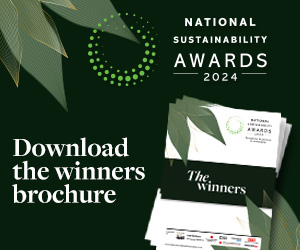The EU’s plan to mandate green hydrogen in the EU energy mix by 2030 could drive up demand for electricity by almost one-fifth, new Transport & Environment (T&E) analysis shows. This would add pressure on electricity demand unless a far faster renewable energy sourcing can bd created.
The European energy grid is gradually decarbonising with more renewables and less fossil fuel coal and gas-powered electricity. But without additional renewables tied to hydrogen targets, the EU’s plan will likely result in renewables being diverted from the grid and undercut the emissions savings from electric vehicles by making the grid dirtier T&E contend.
Geert Decock, electricity and energy manager at T&E, said: "The EU is playing a high risk hydrogen strategy. We do need hydrogen for ships and planes, but it is reckless to heap unnecessary pressure on wind and solar when clean electricity will be needed to power the growing number of electric cars and heat pumps for homes."
As part of its ‘Fit for 55’ package, the European Commission put forward several proposals for boosting the use of renewable hydrogen. This includes a 2.6 per cent target for renewable fuels of green hydrogen and e-fuels to be used in transport as well as replacing 50 per cent of grey hydrogen used in industry.
The analysis finds that the EU's green hydrogen plan would increase demand for renewable electricity by almost one-fifth (17 per cent) of overall electricity demand in 2030 - equivalent to adding the electricity consumption of France (500 TWh). In contrast just 6 per cent of additional electricity would be needed to charge 30 million battery electric cars, trucks and buses.
Latest News
-
Football club partners with traumatic bereavement charity
-
UK firms on course for ‘disorderly’ green transition
-
Clinical trials recruitment firm names hospice as charity partner
-
Carlsberg links up with sports for good collective at UEFA Under-21 championship
-
Big businesses’ social enterprise procurement ‘hits new high’
-
Insurance firm publishes guidance to help businesses adapt to climate change
© 2019 Perspective Publishing Privacy & Cookies









Recent Stories